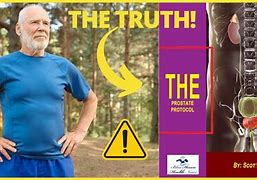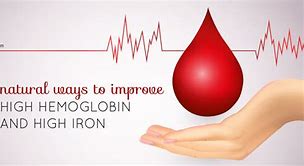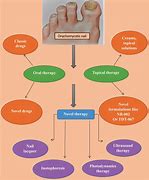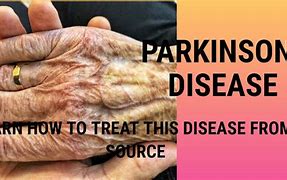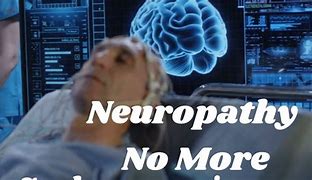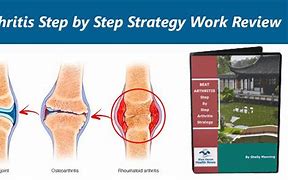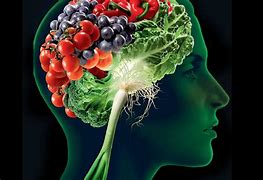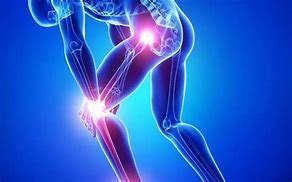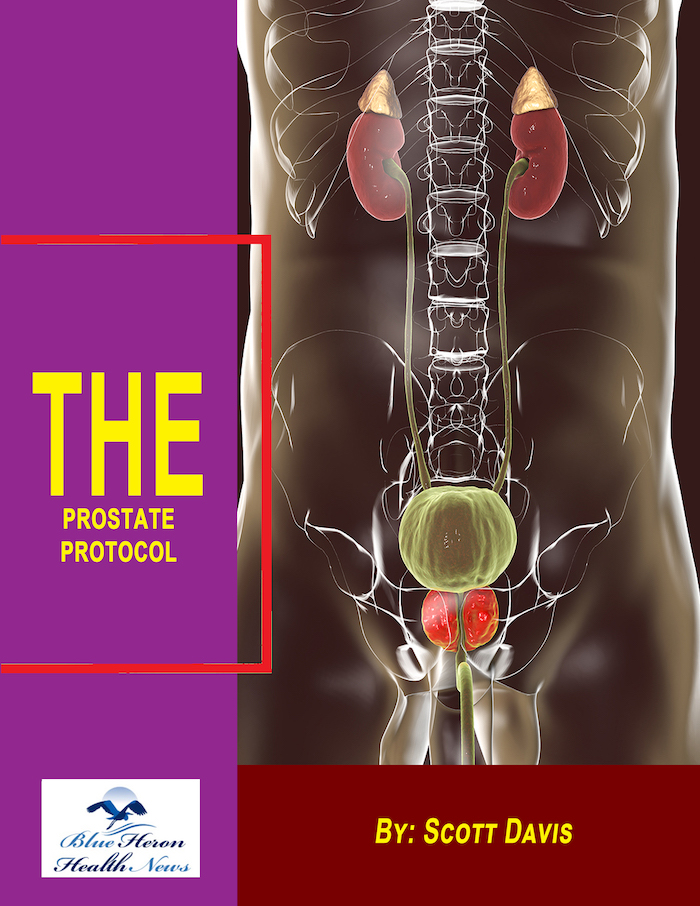Diagnosis of Parkinson disease
What causes Parkinson’s disease?
The most prominent signs and symptoms of Parkinson’s disease occur when nerve cells in the basal ganglia, an area of the brain that controls movement, become impaired and/or die. Normally, these nerve cells, or neurons, produce an important brain chemical known as dopamine. When the neurons die or become impaired, they produce less dopamine, which causes the movement problems associated with the disease. Scientists still do not know what causes the neurons to die.
People with Parkinson’s disease also lose the nerve endings that produce norepinephrine, the main chemical messenger of the sympathetic nervous system, which controls many functions of the body, such as heart rate and blood pressure. The loss of norepinephrine might help explain some of the non-movement features of Parkinson’s, such as fatigue, irregular blood pressure, decreased movement of food through the digestive tract, and sudden drop in blood pressure when a person stands up from a sitting or lying position.
Many brain cells of people with Parkinson’s disease contain Lewy bodies, unusual clumps of the protein alpha-synuclein. Scientists are trying to better understand the normal and abnormal functions of alpha-synuclein and its relationship to genetic mutations that impact Parkinson’s and Lewy body dementia.
Some cases of Parkinson’s disease appear to be hereditary, and a few cases can be traced to specific genetic mutations. While genetics is thought to play a role in Parkinson’s, in most cases the disease does not seem to run in families. Many researchers now believe that Parkinson’s results from a combination of genetic and environmental factors, such as exposure to toxins.
Symptoms of Parkinson’s disease
Parkinson’s has four main symptoms:
-
Tremor in hands, arms, legs, jaw, or head
-
Muscle stiffness, where muscle remains contracted for a long time
-
Slowness of movement
-
Impaired balance and coordination, sometimes leading to falls
Other symptoms may include:
-
Depression and other emotional changes
-
Difficulty swallowing, chewing, and speaking
-
Urinary problems or constipation
-
Skin problems
The symptoms of Parkinson’s and the rate of progression differ among individuals. Early symptoms of this disease are subtle and occur gradually. For example, people may feel mild tremors or have difficulty getting out of a chair. They may notice that they speak too softly, or that their handwriting is slow and looks cramped or small. Friends or family members may be the first to notice changes in someone with early Parkinson’s. They may see that the person’s face lacks expression and animation, or that the person does not move an arm or leg normally.
People with Parkinson's disease often develop a parkinsonian gait that includes a tendency to lean forward; take small, quick steps; and reduce swinging their arms. They also may have trouble initiating or continuing movement.
Symptoms often begin on one side of the body or even in one limb on one side of the body. As the disease progresses, it eventually affects both sides. However, the symptoms may still be more severe on one side than on the other.
Many people with Parkinson’s disease note that prior to experiencing stiffness and tremor, they had sleep problems, constipation, loss of smell, and restless legs. While some of these symptoms may also occur with normal aging, talk with your doctor if these symptoms worsen or begin to interfere with daily living.
Diagnosis of Parkinson’s disease
There are currently no blood or laboratory tests to diagnose non-genetic cases of Parkinson’s. Doctors usually diagnose the disease by taking a person’s medical history and performing a neurological examination. If symptoms improve after starting to take medication, it’s another indicator that the person has Parkinson’s.
A number of disorders can cause symptoms similar to those of Parkinson’s disease. People with Parkinson’s-like symptoms that result from other causes, such as multiple system atrophy and dementia with Lewy bodies, are sometimes said to have parkinsonism. While these disorders initially may be misdiagnosed as Parkinson’s, certain medical tests, as well as response to drug treatment, may help to better evaluate the cause. Many other diseases have similar features but require different treatments, so it is important to get an accurate diagnosis as soon as possible.
Medicines for Parkinson’s disease
Medicines can help treat the symptoms of Parkinson’s by:
-
Increasing the level of dopamine in the brain
-
Having an effect on other brain chemicals, such as neurotransmitters, which transfer information between brain cells
-
Helping control non-movement symptoms
The main therapy for Parkinson’s is levodopa. Nerve cells use levodopa to make dopamine to replenish the brain’s dwindling supply. Usually, people take levodopa along with another medication called carbidopa. Carbidopa prevents or reduces some of the side effects of levodopa therapy — such as nausea, vomiting, low blood pressure, and restlessness — and reduces the amount of levodopa needed to improve symptoms.
People living with Parkinson’s disease should never stop taking levodopa without telling their doctor. Suddenly stopping the drug may have serious side effects, like being unable to move or having difficulty breathing.
The doctor may prescribe other medicines to treat Parkinson’s symptoms, including:
-
Dopamine agonists to stimulate the production of dopamine in the brain
-
Enzyme inhibitors (e.g., MAO-B inhibitors, COMT inhibitors) to increase the amount of dopamine by slowing down the enzymes that break down dopamine in the brain
-
Amantadine to help reduce involuntary movements
-
Anticholinergic drugs to reduce tremors and muscle rigidity
Deep brain stimulation
For people with Parkinson’s disease who do not respond well to medications, the doctor may recommend deep brain stimulation. During a surgical procedure, a doctor implants electrodes into part of the brain and connects them to a small electrical device implanted in the chest. The device and electrodes painlessly stimulate specific areas in the brain that control movement in a way that may help stop many of the movement-related symptoms of Parkinson’s, such as tremor, slowness of movement, and rigidity.
Support for people living with Parkinson’s disease
While the progression of Parkinson’s is usually slow, eventually a person’s daily routines may be affected. Activities such as working, taking care of a home, and participating in social activities with friends may become challenging. Experiencing these changes can be difficult, but support groups can help people cope. These groups can provide information, advice, and connections to resources for those living with Parkinson’s disease, their families, and caregivers. The organizations listed below can help people find local support groups and other resources in their communities.









